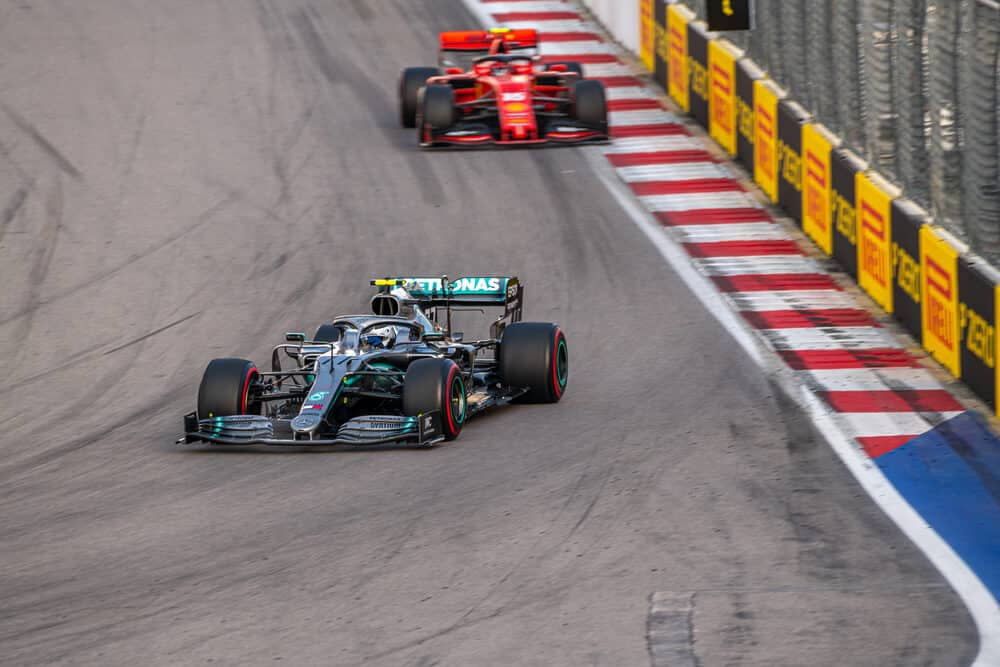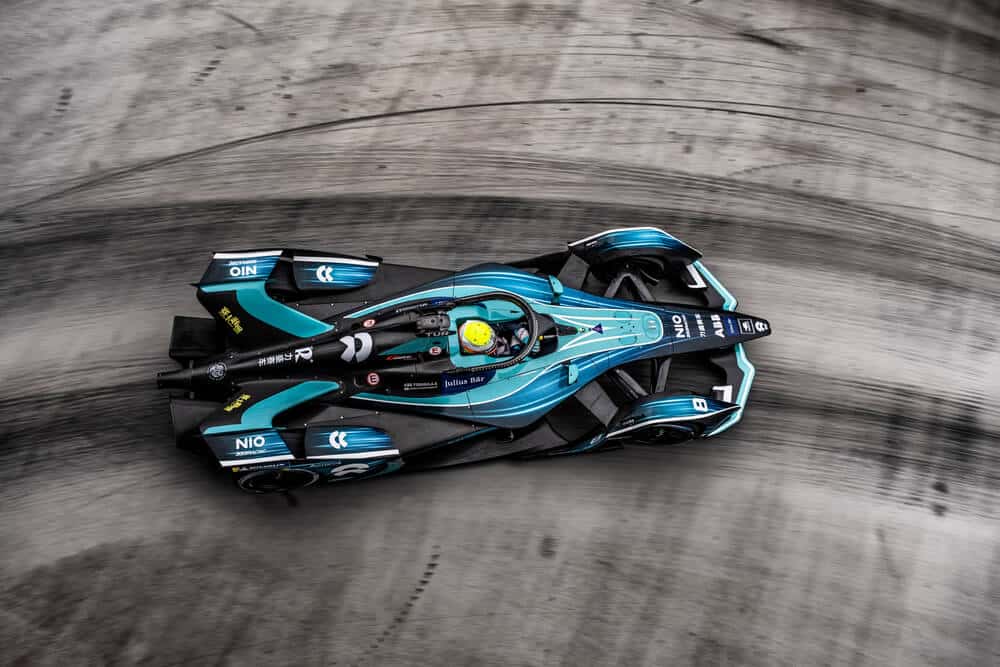Every F1 fan knows that braking is a key component to success on the track. But what exactly is the braking zone? And how do drivers achieve optimum braking performance?
This blogpost will discuss what is a braking zone in Formula 1 and explain how drivers use braking to their advantage during races.
So, if you are interested in learning more about braking zones in F1, keep reading!
Table of Contents
Watch this video to understand how braking system works in a Formula One car.
What does braking zone mean in F1?
The braking zone is the part of the track where drivers brake to slow down their car. It is usually located before a corner or chicane. The purpose of the braking zone is to help drivers slow down their car so that they can take the corner safely.
Formula 1 driver must be very careful when braking. They have to brake at the right moment, so they don’t lose control of their car. If they brake too late, they will not be able to slow down in time and will crash into the wall or another car. If they brake too early, they will lose precious time on the track.
Key takeaways
- The braking zone is the area on the track where a driver must brake in order to slow down for a corner.
- A driver must be able to judge their speed and know when to brake in order to take the corner at the fastest possible speed.
- If a driver brakes too late, they will have to slow down more than necessary and will lose time.
- If a driver brakes too early, they may not be able to slow down enough and could go off the track.

Photo showing a Formula 1 car while braking.
Understanding braking zones
Now that we know what the braking zone is, let’s take a closer look at how it works.
Rear brakes
The rear brakes are the primary brakes on a Formula One car. They are responsible for slowing down the car and keeping it under control. The rear brakes work by using friction to slow down the wheels.
The rear brakes are usually made of carbon fiber or steel. Carbon fiber is a material that is very strong and lightweight. It is often used in racing because it is able to withstand high temperatures. Steel is also a strong material, but it is heavier than carbon fiber.
Front brakes
The front brakes are still directly connected to the brake pedal as they have been in the past, working via hydraulics.
F1 front brakes work by using hydraulics to push brake pads against rotating discs in the wheels. This creates friction, which slows down the wheel’s rotation. The front brakes are activated by the driver pressing on the brake pedal.
Corner approach to hit apex right
Corner approach is the process of a driver approaching a corner. The main goal of the corner approach is to hit the apex. To do this, drivers must brake at the right moment and turn in at the right time.
There are different approaches that drivers can take when approaching a corner. The most common approach is to brake in a straight line, turn in to the apex, and then start accelerating out of the corner.
This is the standard approach that most drivers take. It’s simple and it works well. However, there are some drawbacks. The main drawback is that it can be difficult to hit the apex if you’re not braking in a straight line.
Another approach is to brake late and turn in to the apex at the last possible moment. This is a more aggressive approach and it can be difficult to master. However, if done correctly, it can help you gain an advantage over your opponents.
The main thing to remember is that there is no one perfect way to approach a corner. It’s up to each driver to experiment and find the approach that works best for them.
Braking point
The main thing to remember is that the braking point is the point at which you start to slow down for a corner.
Braking points are different for each driver and car. It depends on the downforce, weight transfer, grip levels, and tyre compounds. A driver will have to experiment with different braking points to find the ones that work best for them.
So, how do teams and drivers find the right braking point?
The answer is trial and error. Drivers will experiment with different braking points during practice sessions to find the ones that work best for them.
It’s important to remember that the braking point will change depending on the conditions. For example, if it’s raining, the braking point will be further back than usual because the grip levels will be lower.
The rear brakes are the primary brakes on a Formula One car. They are responsible for slowing down the car and keeping it under control. The rear brakes work by using friction to slow down the wheels.
Frequently asked questions about Camber
What is braking point in F1?
Is braking zone important in F1?
How do you learn braking zones in F1?
Conclusion
So there you have it! These are the basics of braking in F1. Remember, the main thing to keep in mind is that the braking point is different for each driver and car. It’s up to each driver to experiment and find the braking point that works best for them.
So, next time you’re watching an F1 race, keep an eye out for the drivers braking zones. It’s a crucial part of the race and it can be the difference between winning and losing!
Article sources
Learn more about Formula One
Want to learn more about F1? Then visit our Formula 1 glossary and dictionary.




